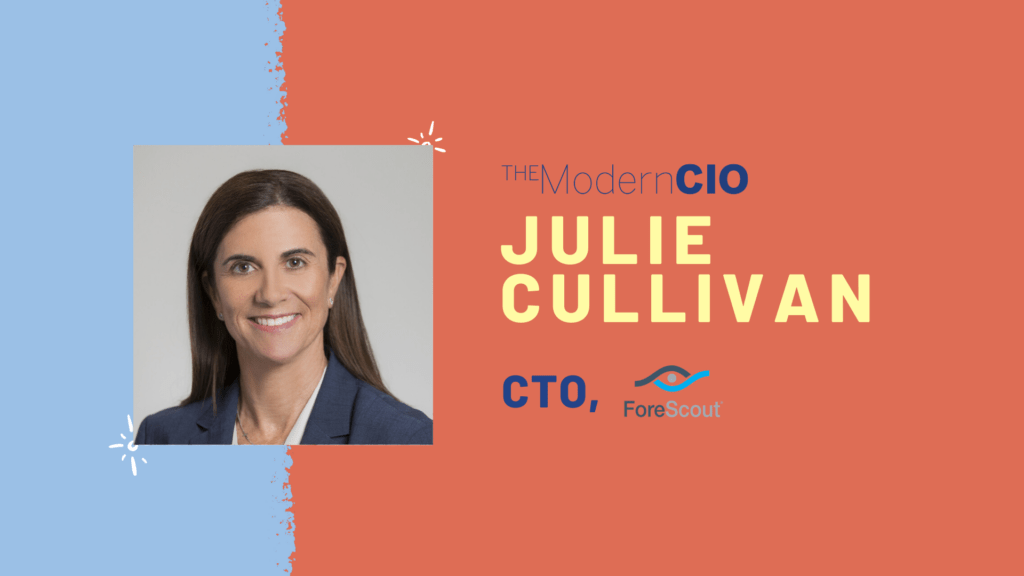In a time when speed and efficiency are critical, companies can easily overlook technical debt—the implicit cost of additional work caused by choosing an easy and quick solution over a robust approach that requires more time.
Technical debt can hamper your organization’s ability to innovate and grow over time, and it can arise whether your platforms operate on-prem or in the cloud. This begs the question: How can you help your organization reduce and prevent tech debt over time?
In our latest installment of the CIO Newsletter, Mark Settle (7x time CIO) and Julie Cullivan (Chief Technology and People Officer at ForeScout Technologies) reflect on their experiences to offer some best practices on managing technical debt.
Key Takeaways:
- Help your partners become aware of technical debt and its repercussions. That way you can make more informed joint decisions to resolve the issues.
- Adopt a flexible integration layer so your BT team can make changes to your workflows without disrupting your processes.
- Partner with a Solutions Architect to identify the portion of technical debt that the Business Applications team can handle versus the technical debt that affects entire process flows.
- Approach your systems as an end-to-end process to adopt scalable solutions.
- When deciding whether to customize a SaaS app, consider that any customization can potentially limit your ability to adopt the app’s improvements over time.
“Decisions in the past were based on an entirely different business model than we have today, and that wasn’t by design and it was not because of technical debt. It’s really because there’s a transformation going on that created a technical debt that we now have to go work through.”
